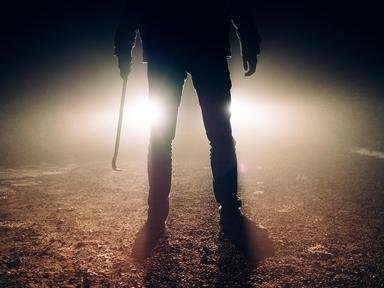Quiz Answer Key and Fun Facts
1. The five known victims of Jack The Ripper were all prostitutes living in Whitechapel and all were mutilated.
2. Sir Charles Warren, Commissioner of the Metropolitan Police, resigned over his failure to capture the killer.
3. Sir Melville Macnaghten drafted a letter during his tenure as Chief Constable of the CID in 1894. Found decades after his death, who did this important document list as "most likely to be The Whitechapel Murderer"?
4. Israel Schwartz, William Marshall, PC William Smith and Joseph Lawende provided descriptions of a man, most probably Jack The Ripper, in the company of Elizabeth Stride just prior to her murder.
5. A high ranking case official commented years after the murders that, "The East End Jews protected the murderer as one of their own." Who made this statement?
6. Sir Charles Warren, along with George Lusk of the Mile End/Whitechapel Vigilance Committee, urged the Home Office to offer a pardon to any accomplice of the murderer who would betray him to the police. What was the main objection to this idea?
7. Which Ripper victim allegedly stated, "I have come back to earn the reward offered for the apprehension of the Whitechapel Murderer. I think I know him."
8. Five surgeons were involved in the autopsies of the Whitechapel victims. Doctors Llewellyn, Phillips, Blackwell, Brown, and Bond. Which man was involved in the most cases?
9. Of Llewellyn, Phillips, Blackwell, Brown, and Bond, four believed that the murderer had some degree of anatomical or surgical skill. Who was the lone dissenter?
10. The chalk message written on the wall of the open doorway on Goulston Street is thought to be the only clue that Jack The Ripper left. It read, "The Juwes are the men that will not be blamed for nothing." Despite its significance, Sir Charles Warren obliterated it before the photographer arrived. Why?
Source: Author
ripper1
This quiz was reviewed by FunTrivia editor
DakotaNorth before going online.
Any errors found in FunTrivia content are routinely corrected through our feedback system.

